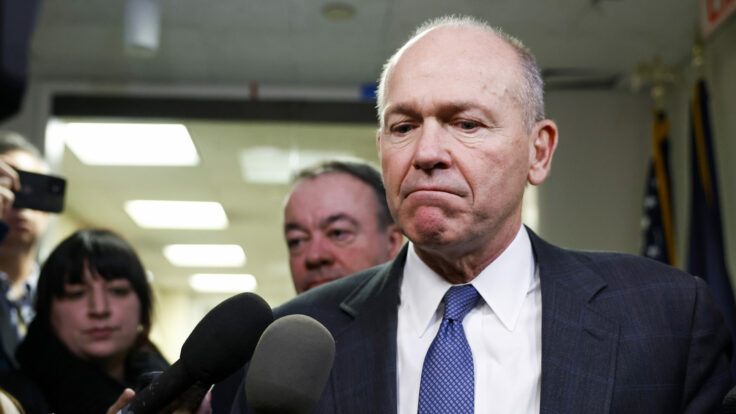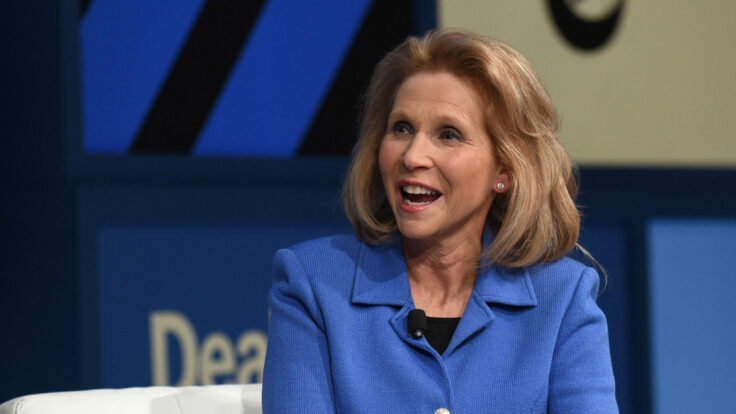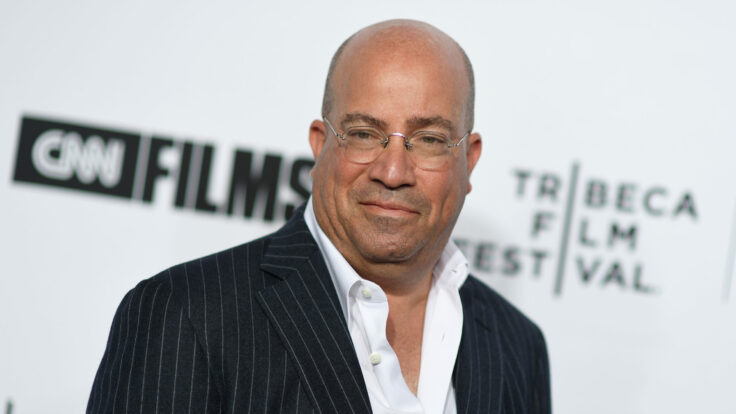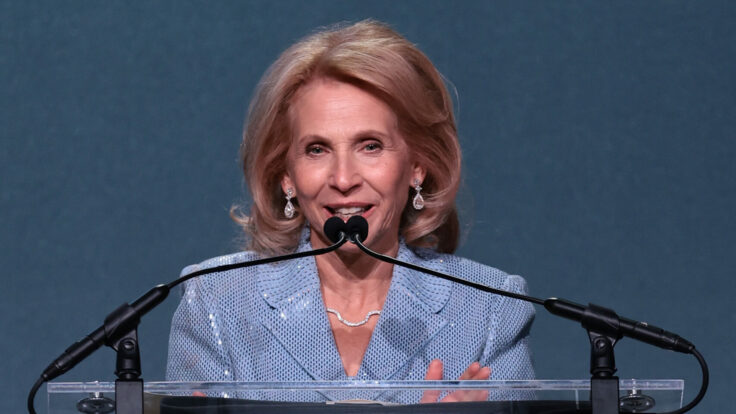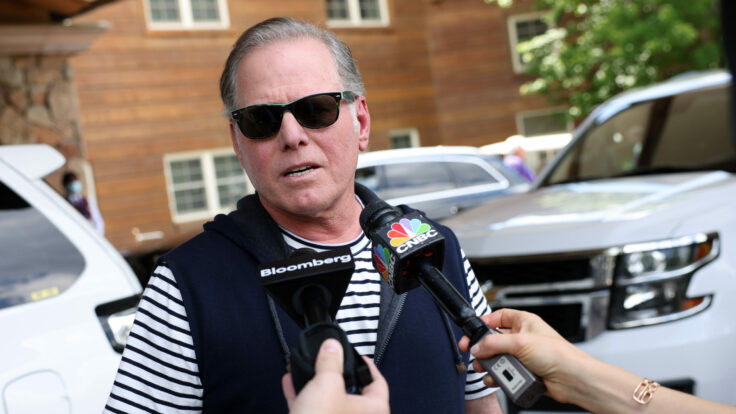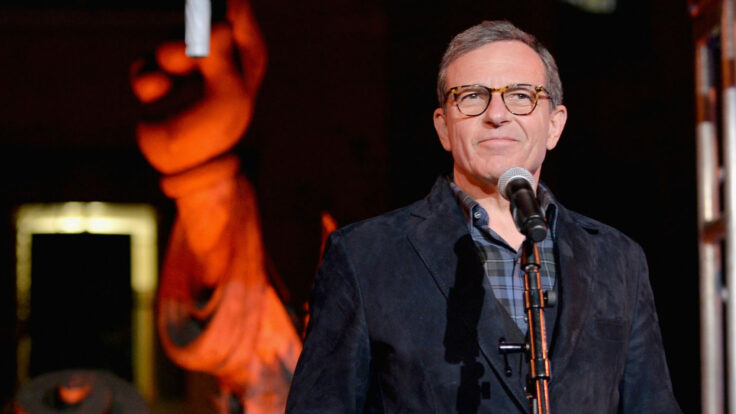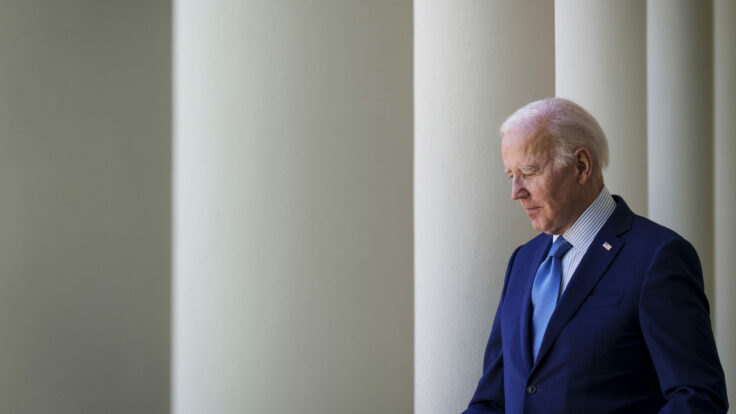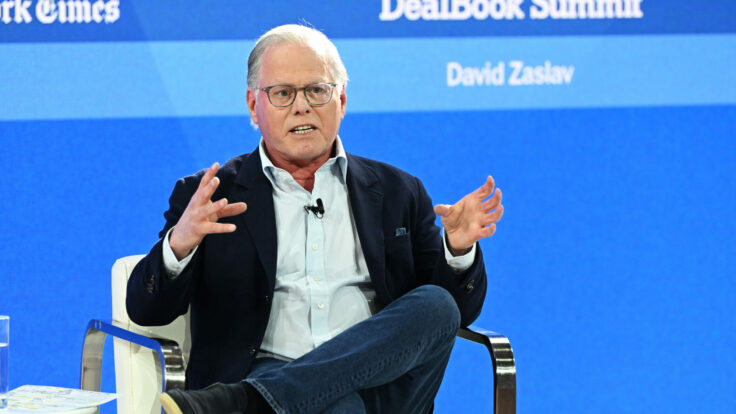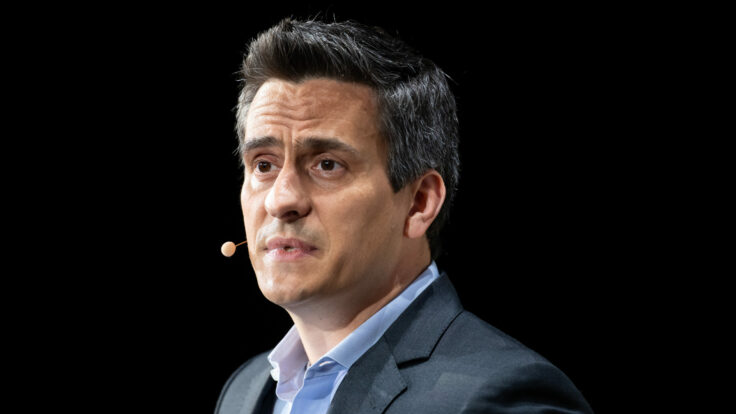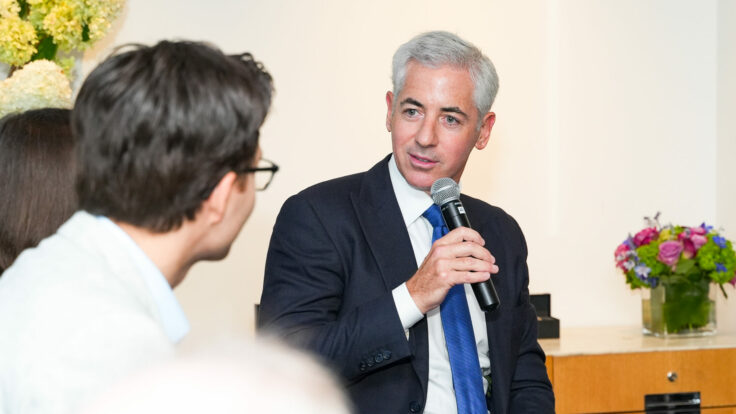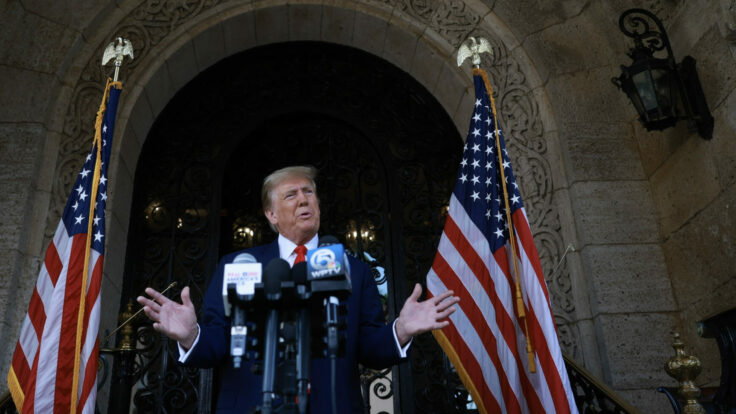Given the shocking nature of the sudden death of Thomas H. Lee last week—by suicide, reportedly from a single gunshot wound to the head from a Smith & Wesson revolver—the paeans to the 78-year-old buyout titan have come fast and furious. He was found shortly after 11 a.m. last Thursday morning by his assistant in the bathroom off his sixth-floor private office in the General Motors building on Fifth Avenue, a skyscraper that Donald Trump once owned and that houses such tenants as Estee Lauder, the cosmetics empire, Weil Gotshal, the law firm, and Perella Weinberg, the boutique investment bank. Another buyout pioneer, Forstmann Little & Co., had its office on the 44th floor of the building once upon a time.
Efforts to revive Lee were unsuccessful and he was declared dead at 11:26 a.m. Something like this had never happened before in the clubby world of buyout billionaires. And all of Wall Street has been buzzing in its wake, trying to figure out why someone who seemed to have it all and didn’t appear to have any looming health issues would take such a drastic action.







